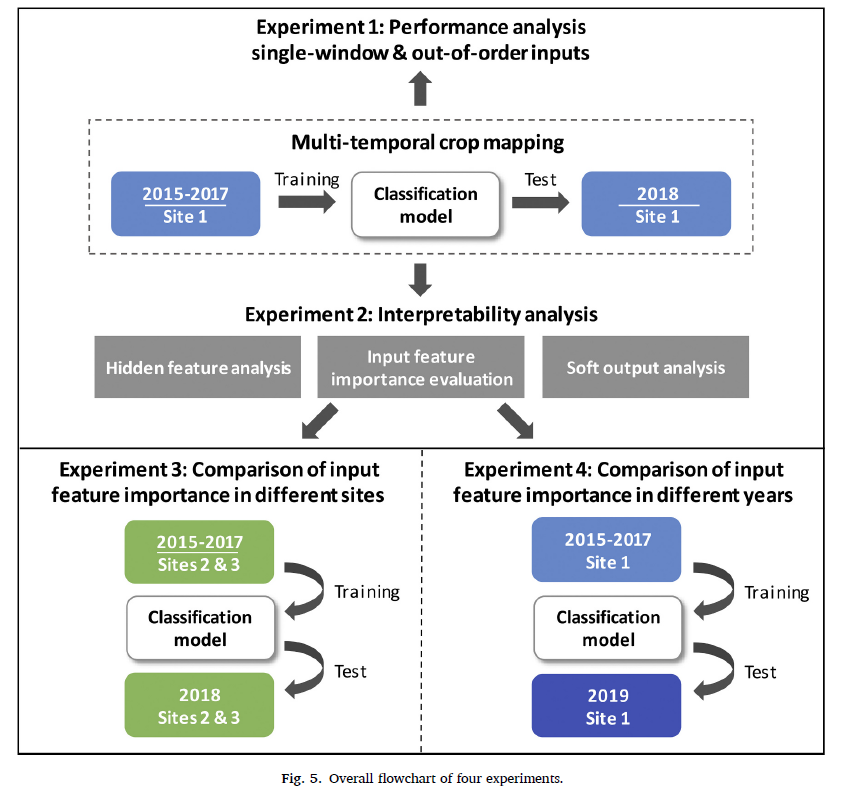The Professor Lin Xingyu team published a cover article on the international authoritative journal Small
Date:2021-11-23 | Visitcount:626Recently, the team of Prof. Xingyu Lin and Prof. Zisheng Luo published a cover paper in the international authoritative journal Small (IF=13.281) entitled “Amphiphilic and Biocompatible DNA Origami-based Emulsion Formation and Nanopore Release for anti-melanogenesis Therapy.” In this paper, amphiphilic triangular DNA origami was successfully designed to attach to the oil-water interface to stabilize the water-in-oil-in-water (W/O/W) emulsion separately, and controlled release of phenolic compounds arbutin and coumaric acid was realized based on the center hole of DNA origami.
The first author of this paper is Huang Hao, a doctoral candidate majoring in food science of our college, and the corresponding authors are Professor Luo Zisheng and Professor Lin Xingyu of our college. Zhejiang University is the first signed unit.
Here, a strategy for fabricating an amphiphilic triangular DNA origami with a central nanopore that integrates phase-stabilizing, porous-gated, and affinity-delivering effects is presented. By introducing the DNA origami as a single-component surfactant, the water-in-oil-in-water (W/O/W) emulsion is effectively stabilized with decreased interfacial tension. Microscopic observation validates the attachment of the DNA origami onto the water-in-oil and oil-in-water interfaces. Furthermore, fluorescence studies and molecular docking simulations indicate the binding interactions of DNA origami with arbutin and coumaric acid at docking sites within central nanopores. These central nanopores are functionalized as molecular gates and affinity-based scaffold for the zero-order release of arbutin and coumaric acid at a constant rate regardless of concentration gradient throughout the whole releasing period. In vivo zebrafish results illustrate the advantages of this zero-order release for anti-melanogenesis therapy over direct exposure or Fickian diffusion. The DNA origami-based W/O/W emulsion presents anti-melanogenic effects against UV-B exposure without cardiotoxicity or motor toxicity. These results demonstrate that this non-toxic amphiphilic triangular DNA origami is capable of solely stabilizing the W/O/W emulsion as well as serving as nanopore gates and affinity-based scaffold for constant release.
Since the materials and solvents used in this study were non-toxic, THE DNA origami stabilized W/O/W emulsion had the potential to be applied to food, pharmaceutical and cosmetic fields to achieve excellent whitening effects and safety assurance.
This study was supported by the National Key RESEARCH and Development Program, The Ten Thousand People Program of Zhejiang Province, and the Hangzhou Agricultural Development Research Program.
Reference: Huang, H., Belwal, T., Li, L., Xu, Y., Zou, L., Lin, X., & Luo, Z. (2021). Amphiphilic and Biocompatible DNA Origami‐Based Emulsion Formation and Nanopore Release for Anti‐Melanogenesis Therapy. Small, 2104831.
Link: https://onlinelibrary.wiley.com/doi/10.1002/smll.202104831
-

The Professor Lin Xingyu team published a cover article on the interna...
23 11 2021 -

Professor Liu Donghong's team won the second prize of national Technol...
08 11 2021 -

Prof.Haiyan Cen's Group Published a Research Paper on Remote Sensing o...
31 10 2021 -

Prof.Tao Lin's Group Published a Research Paper on Remote Sensing of E...
31 07 2021




